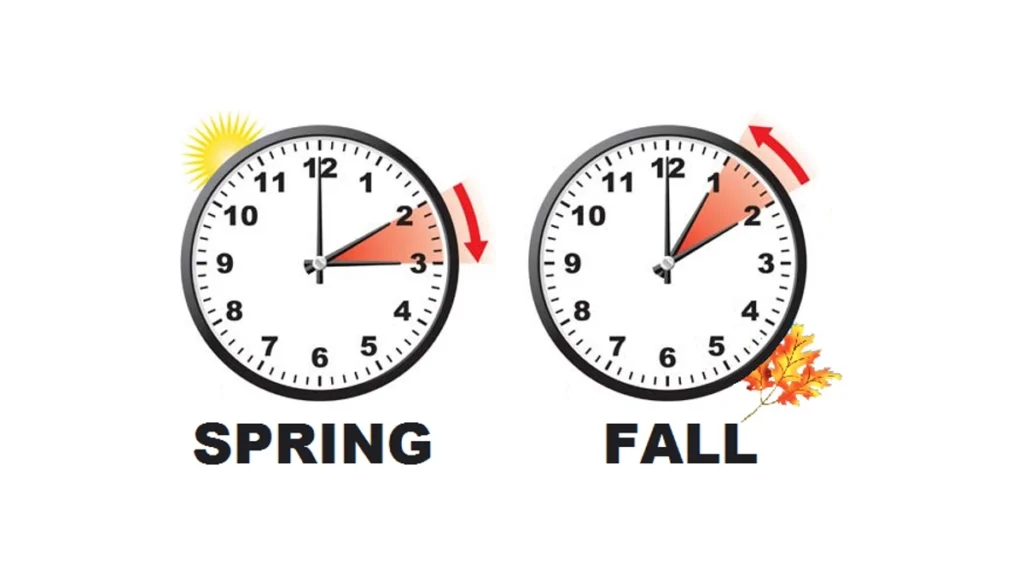Daylight Saving Time 2023 At the start of every spring, we set our clocks one hour forward for Daylight Saving Time (DST), and this year is no exception. On March 12, 2023, most of the United States will observe DST, which means we will lose one hour of sleep but gain one hour of daylight in the evening. While this may seem like a minor inconvenience, DST can actually have significant impacts on our health and daily routine. In this article, we will explore the effects of DST and how to cope with them.

Table of Contents
The History and Purpose of Daylight Saving Time
Daylight Saving Time was first introduced in Germany in 1916 as a way to save energy during World War I. Since then, many countries around the world have adopted DST, although its implementation and duration vary. In the United States, DST starts on the second Sunday of March and ends on the first Sunday of November, except in Hawaii and most of Arizona.
The main purpose of DST is to make better use of the available daylight, especially during the summer months when the days are longer. By setting the clocks one hour forward, we can enjoy more daylight in the evening, which can encourage outdoor activities and reduce energy consumption for lighting and heating.
The Effects of Daylight Saving Time on Your Body Clock
While DST may seem like a simple adjustment, it can actually disrupt our circadian rhythm, or internal body clock, which regulates our sleep-wake cycle and other physiological processes. The circadian rhythm is controlled by the suprachiasmatic nucleus (SCN) in the hypothalamus of the brain, which receives cues from light exposure, among other factors.
When we set our clocks one hour forward for DST, we are essentially forcing our bodies to wake up one hour earlier, according to our biological clock. This can lead to a range of effects, including:
- Difficulty falling asleep or staying asleep
- Feeling groggy or tired in the morning
- Reduced productivity and alertness during the day
- Increased risk of accidents and errors, especially in transportation and healthcare industries
- Worsened symptoms of existing sleep disorders, such as insomnia and sleep apnea
- These effects can last for several days or even weeks, depending on our individual sensitivity to time changes and our sleep habits.
Tips for Coping with Daylight Saving Time
Fortunately, there are several ways to minimize the effects of DST and adjust to the new schedule. Here are some tips to consider:
- Gradually adjust your sleep schedule: Instead of trying to force yourself to sleep one hour earlier on the night before DST, try to shift your sleep schedule by 15 minutes every night for four nights before DST. This can help your body adapt gradually and reduce the shock of sudden change.
- Optimize your sleep environment: Make sure your bedroom is dark, quiet, and cool, and avoid using electronic devices before bedtime, as the blue light can suppress melatonin production and delay sleep onset.
- Be mindful of your caffeine intake: Caffeine can interfere with sleep quality and exacerbate the effects of DST, so try to limit your consumption, especially in the afternoon and evening.
- Take breaks and nap if necessary: If you feel drowsy or fatigued during the day, take short breaks or power naps to recharge your energy and concentration.
- Stay active and exposed to natural light: Regular exercise and outdoor exposure can boost your mood and energy level, and help regulate your circadian rhythm. Try to take walks or bike rides during the daylight hours, and avoid bright light exposure before bedtime.
By following these tips, you can minimize the negative effects of DST and enjoy the benefits of longer daylight hours.
Also Read Facebook Meta’s New Social Media Platform
FAQs
Can Daylight Saving Time affect my mood?
Yes, DST can have a range of effects on your mood, such as irritability, depression, and anxiety. These effects may be due to the disruption of your sleep schedule and circadian rhythm. To minimize these effects, it’s important to take care of your mental health and practice stress-reducing techniques, such as meditation, yoga, or deep breathing.
How long does it take to adjust to Daylight Saving Time?
It can take several days to a week to fully adjust to DST, depending on your individual sleep patterns and habits. To make the transition smoother, it’s recommended to gradually adjust your sleep schedule by going to bed and waking up 15-30 minutes earlier each day, starting a few days before DST begins.
Is Daylight Saving Time observed in all countries?
No, DST is not observed in all countries and regions around the world. The practice varies depending on factors such as geographical location, climate, and cultural traditions. In the United States, DST is observed in most states except for Hawaii and most of Arizona.
